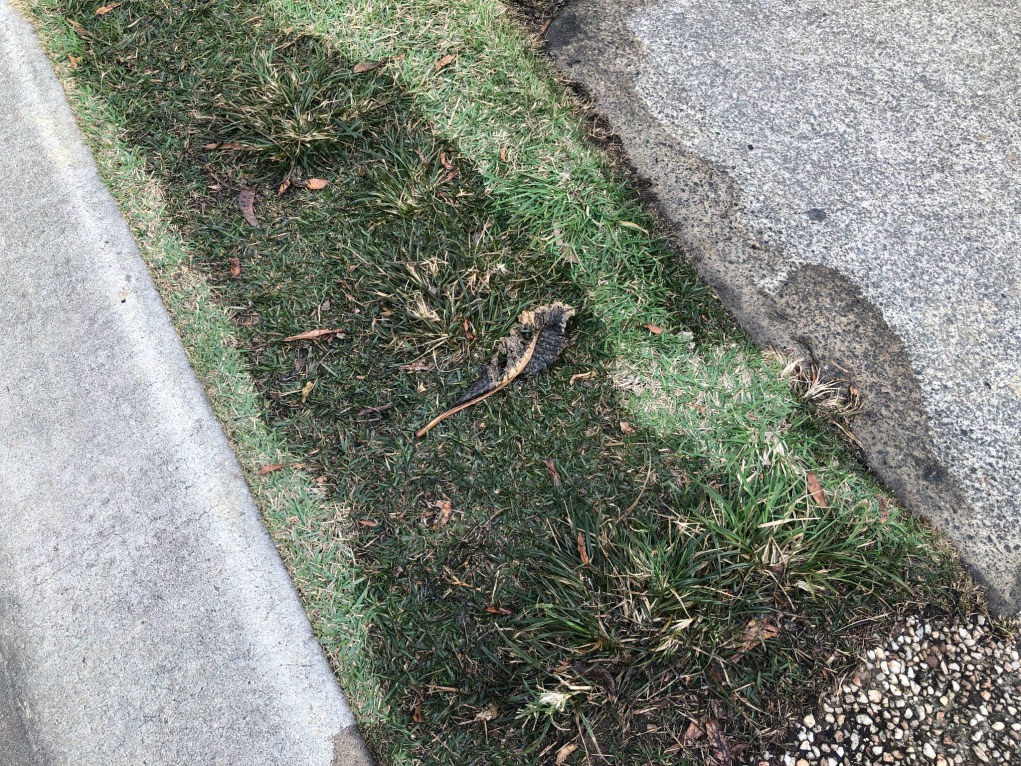Overview To Water Leakage Discovery In The House
Overview To Water Leakage Discovery In The House
Blog Article
This post following next involving Detecting hidden plumbing leaks is definitely interesting. You should keep reading.

Early detection of dripping water lines can minimize a potential catastrophe. Some small water leaks may not be visible.
1. Analyze the Water Meter
Every residence has a water meter. Checking it is a surefire manner in which assists you find leakages. For starters, turn off all the water sources. Make certain no one will certainly purge, use the tap, shower, run the washing equipment or dishwashing machine. From there, most likely to the meter as well as watch if it will alter. Considering that no person is using it, there ought to be no activities. If it moves, that shows a fast-moving leakage. Similarly, if you spot no changes, wait an hour or more and inspect back once again. This indicates you might have a slow-moving leakage that could even be underground.
2. Examine Water Intake
Assess your water bills and also track your water intake. As the one paying it, you ought to discover if there are any inconsistencies. If you detect sudden changes, despite your consumption coinciding, it indicates that you have leaks in your plumbing system. Bear in mind, your water costs ought to drop under the very same range on a monthly basis. An abrupt spike in your costs indicates a fast-moving leak.
A constant increase every month, even with the exact same routines, reveals you have a slow-moving leak that's additionally slowly escalating. Call a plumber to completely check your residential or commercial property, specifically if you feel a warm area on your floor with piping beneath.
3. Do a Food Coloring Test
When it comes to water usage, 30% comes from commodes. If the color somehow infiltrates your bowl throughout that time without flushing, there's a leak in between the container as well as dish.
4. Asses Exterior Lines
Do not forget to examine your outdoor water lines as well. Ought to water permeate out of the link, you have a loosened rubber gasket. One small leak can throw away loads of water as well as increase your water bill.
5. Examine the situation and inspect
Home owners should make it a practice to check under the sink counters and also also inside cupboards for any kind of bad odor or mold development. These two red flags indicate a leak so punctual focus is called for. Doing regular examinations, also bi-annually, can conserve you from a significant problem.
Examine for stainings as well as weakening as most pipelines and also home appliances have a life expectations. If you believe leaking water lines in your plumbing system, do not wait for it to rise.
Early discovery of leaking water lines can reduce a potential catastrophe. Some little water leaks might not be visible. Inspecting it is a proven means that assists you uncover leaks. One tiny leakage can lose loads of water and also increase your water bill.
If you believe dripping water lines in your plumbing system, don't wait for it to escalate.
WARNING SIGNS OF WATER LEAKAGE BEHIND THE WALL
PERSISTENT MUSTY ODORS
As water slowly drips from a leaky pipe inside the wall, flooring and sheetrock stay damp and develop an odor similar to wet cardboard. It generates a musty smell that can help you find hidden leaks.
MOLD IN UNUSUAL AREAS
Mold usually grows in wet areas like kitchens, baths and laundry rooms. If you spot the stuff on walls or baseboards in other rooms of the house, it’s a good indicator of undetected water leaks.
STAINS THAT GROW
When mold thrives around a leaky pipe, it sometimes takes hold on the inside surface of the affected wall. A growing stain on otherwise clean sheetrock is often your sign of a hidden plumbing problem.
PEELING OR BUBBLING WALLPAPER / PAINT
This clue is easy to miss in rooms that don’t get much use. When you see wallpaper separating along seams or paint bubbling or flaking off the wall, blame sheetrock that stays wet because of an undetected leak.
BUCKLED CEILINGS AND STAINED FLOORS
If ceilings or floors in bathrooms, kitchens or laundry areas develop structural problems, don’t rule out constant damp inside the walls. Wet sheetrock can affect adjacent framing, flooring and ceilings.
https://www.servicemasterbyzaba.com/blog/how-to-detect-water-leakage-in-walls/

Do you enjoy more info about Detecting hidden plumbing leaks? Give a remark below. We'd be pleased to hear your suggestions about this write up. We are looking forward that you visit us again in the future. Are you aware of another individual who is involved in the niche? Take a moment to promote it. Many thanks for your time invested reading it.
Report this page